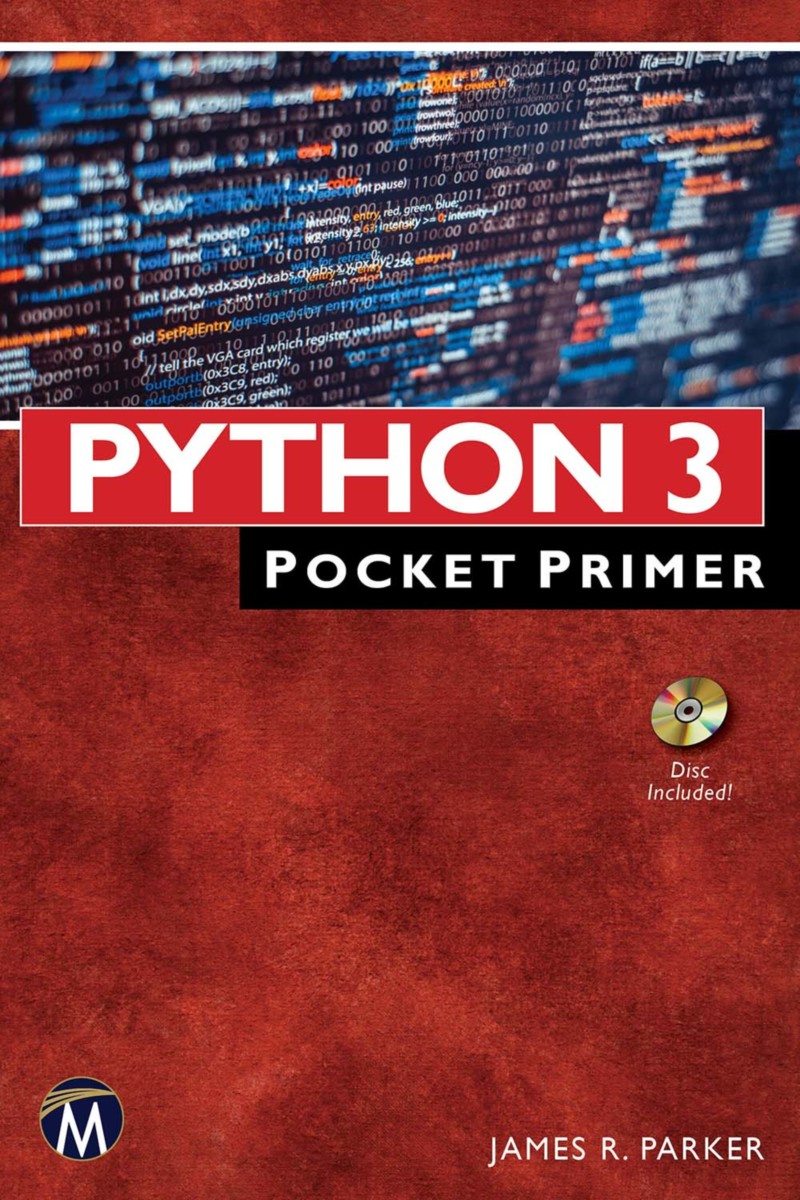- Publisher
Mercury Learning and Information - Published
28th April 2017 - ISBN 9781683920861
- Language English
- Pages 250 pp.
- Size 6" x 9"
E-books are now distributed via VitalSource
VitalSource offer a more seamless way to access the ebook, and add some great new features including text-to-voice. You own your ebook for life, it is simply hosted on the vendor website, working much like Kindle and Nook. Click here to see more detailed information on this process.
- Publisher
Mercury Learning and Information - Published
13th April 2017 - ISBN 9781683920878
- Language English
- Pages 250 pp.
- Size 6" x 9"
Library E-Books
We are signed up with aggregators who resell networkable e-book editions of our titles to academic libraries. These editions, priced at par with simultaneous hardcover editions of our titles, are not available direct from Stylus.
These aggregators offer a variety of plans to libraries, such as simultaneous access by multiple library patrons, and access to portions of titles at a fraction of list price under what is commonly referred to as a "patron-driven demand" model.
- Publisher
Mercury Learning and Information - Published
28th April 2017 - ISBN 9781683923053
- Language English
- Pages 250 pp.
- Size 6" x 9"
As part of the best selling Pocket Primer series, this book is an effort to give programmers sufficient knowledge of Python 3 to be able to work on their own projects. In addition to covering all of the basic concepts, the book features a chapter on PyGame, which allows a programmer to handle graphics, mouse and keyboard interaction, and play sounds and videos.
The demonstration example for that chapter is a Lunar Lander game. Another feature is the chapter on communication, which makes use of one of Python’s best features: a collection of modules for sending and receiving Email, communicating between computers, and working with Twitter and Web pages. Companion files that accompany this book contain all of the code examples as complete working programs. This means that there is no need to key them in, so they can be executed and perhaps modified or expanded.
Features:
•Features a chapter on PyGame, which allows a programmer to handle graphics, mouse / keyboard interaction, and play sounds and videos
•Explores communication in depth, making use of one of Python’s best features: a collection of modules for sending and receiving Email, communicating between computers, and working with Twitter and Web pages.
•Companion files contain all of the code examples as complete working programs
On the Companion Files:
(also available from the publisher for downloading by emailing info@merclearning.com)
•Source code samples
•All images from the text (including 4-color)
1: Computers and Programming.
2: Repetition.
3: Sequences: Strings, Tuples, and Lists.
4: Functions.
5: Files: Input and Output.
6: Classes.
7: Graphic, Media, and Interfaces.
8: Handling Data.
9: Communication Using Python.
Index.
James R. Parker, PhD
James R. Parker, PhD is a professor of Art and Digital Media at the University of Calgary. His areas of research include computer games and media art, computer simulation, and educational technology. Dr. Parker is the author of Game Development Using Python, 2/E (Mercury Learning) and The Guide to Simulations and Games (Wiley).


